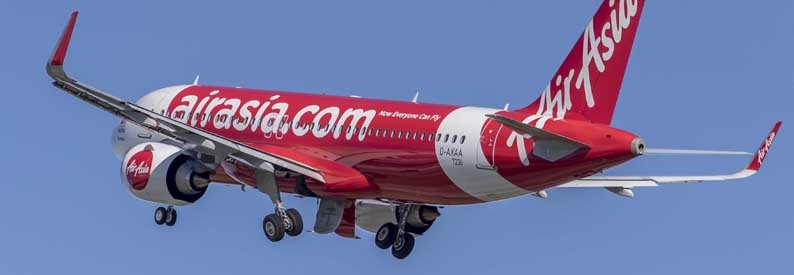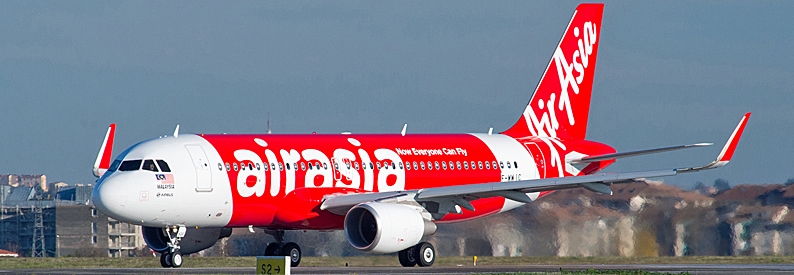The CEO of Capital A, owners of the AirAsia Aviation Group, is using its successful AirAsia low-cost passenger airline model as a template for its nascent freight operation. Tony Fernandes wants to shake up the airline logistics model in the region in the same way that AirAsia shook up the intra-Asian passenger airline model.
"Cargo was one of the pluses, if there were any, during Covid," Fernandes told Channel New Asia at the recent Milken Summit in Singapore. "We saw a huge opportunity in logistics. We've just got one freighter. We're taking two more. We are now the market leader in ASEAN for air cargo. We're developing a first-mile and last-mile e-commerce and courier business.
The single freighter, a 22-year-old A321-200(PCF), arrived at AirAsia in mid-2023. At a hangar event in July marking the aircraft's arrival, Fernandes said he expected another two A321 freighters this year and a further seven within 18 months.
"We're very excited with our subsidiary, Teleport, which we think can replicate what AirAsia did in passengers, we can do it in logistics, and as we go to many secondary and tertiary cities, cut out time and cost for users of logistics services."
While the aircraft will wear Teleport livery, AirAsia crews will fly and maintain them. Fernandes said he intends to base the aircraft across several of Capital A's AirAsia brands, including Philippines AirAsia, Thai AirAsia, and Indonesia AirAsia.
Separately, Fernandes said he has no problems attracting and retaining flight and ground crews to keep his aircraft in the air. "We've always been good at training, recruiting, hiring, and keeping our staff." However, the supply of aircraft from Airbus is a problem, although not one exclusive to Capital A. But Fernandes says the silver lining of the delivery delays was that capacity was maintained "at reasonable levels, and there's not crazy price cutting."
Fernandes added that the other supply chain issue concerns engineering and turning around engines. "These things are taking much longer because many experienced staff have left the industry, but that's improving as well, and I hope to get to a steady state in terms of supply chain by the middle of 2024."






